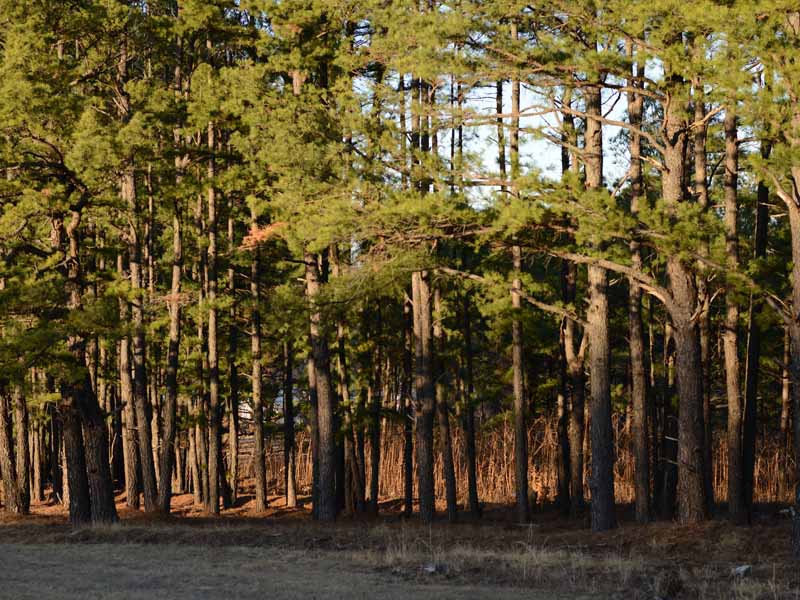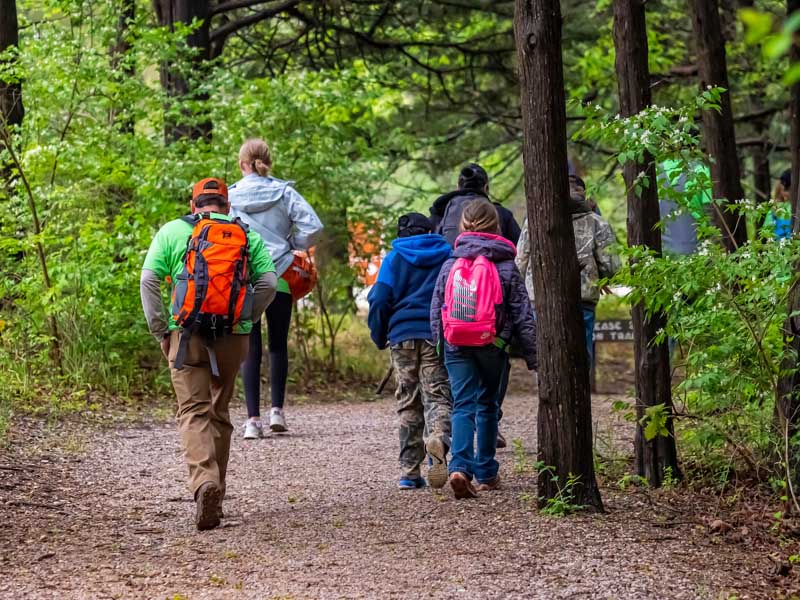4-H Natural Resources
About Our Project
The 4-H Natural Resource project area is designed to teach youth about conservation
and management practices for our nation's natural resources. The information below
will provide fact sheets and other study material in the areas of fishing, forestry,
wildlife and fair material.




